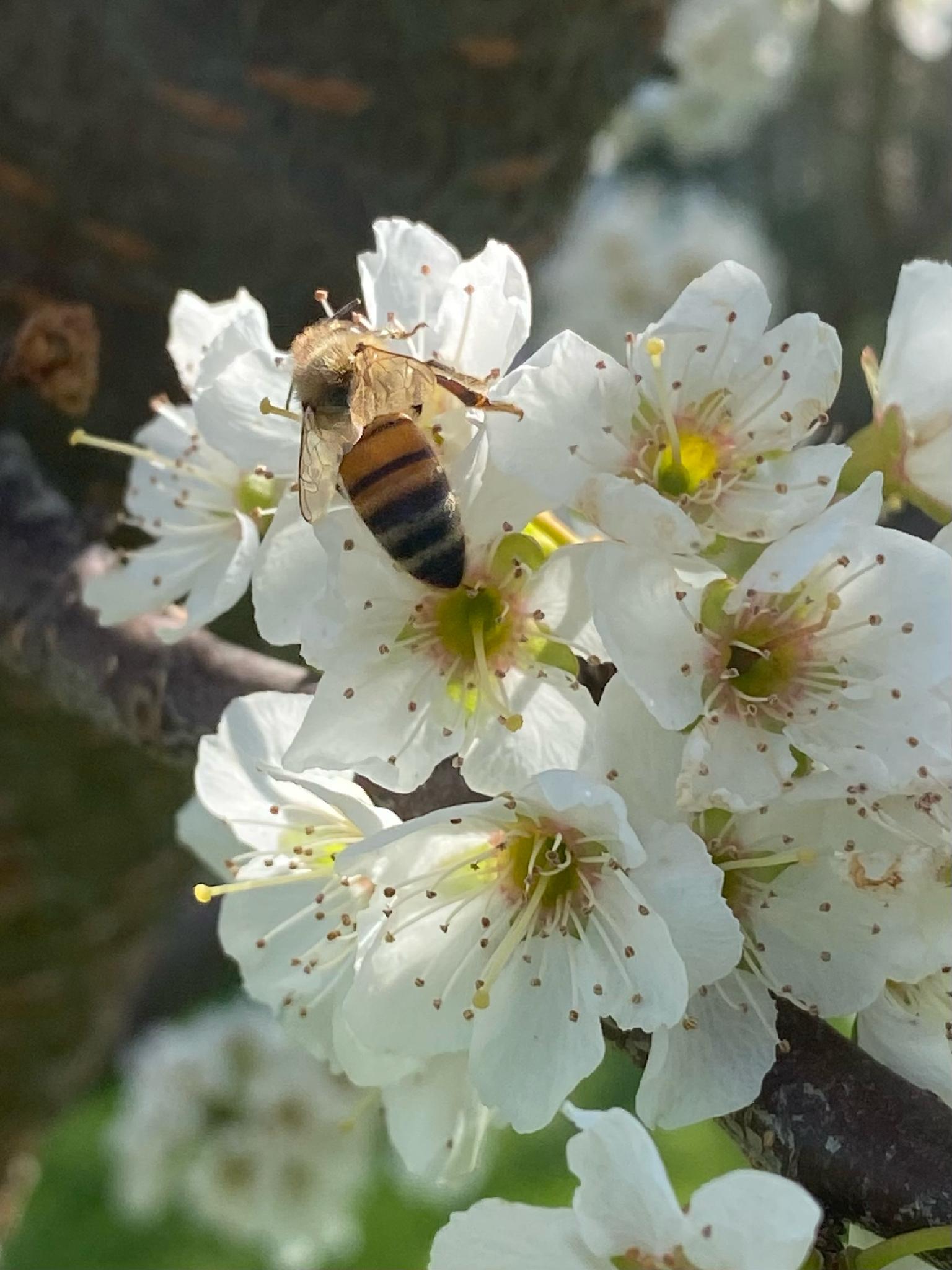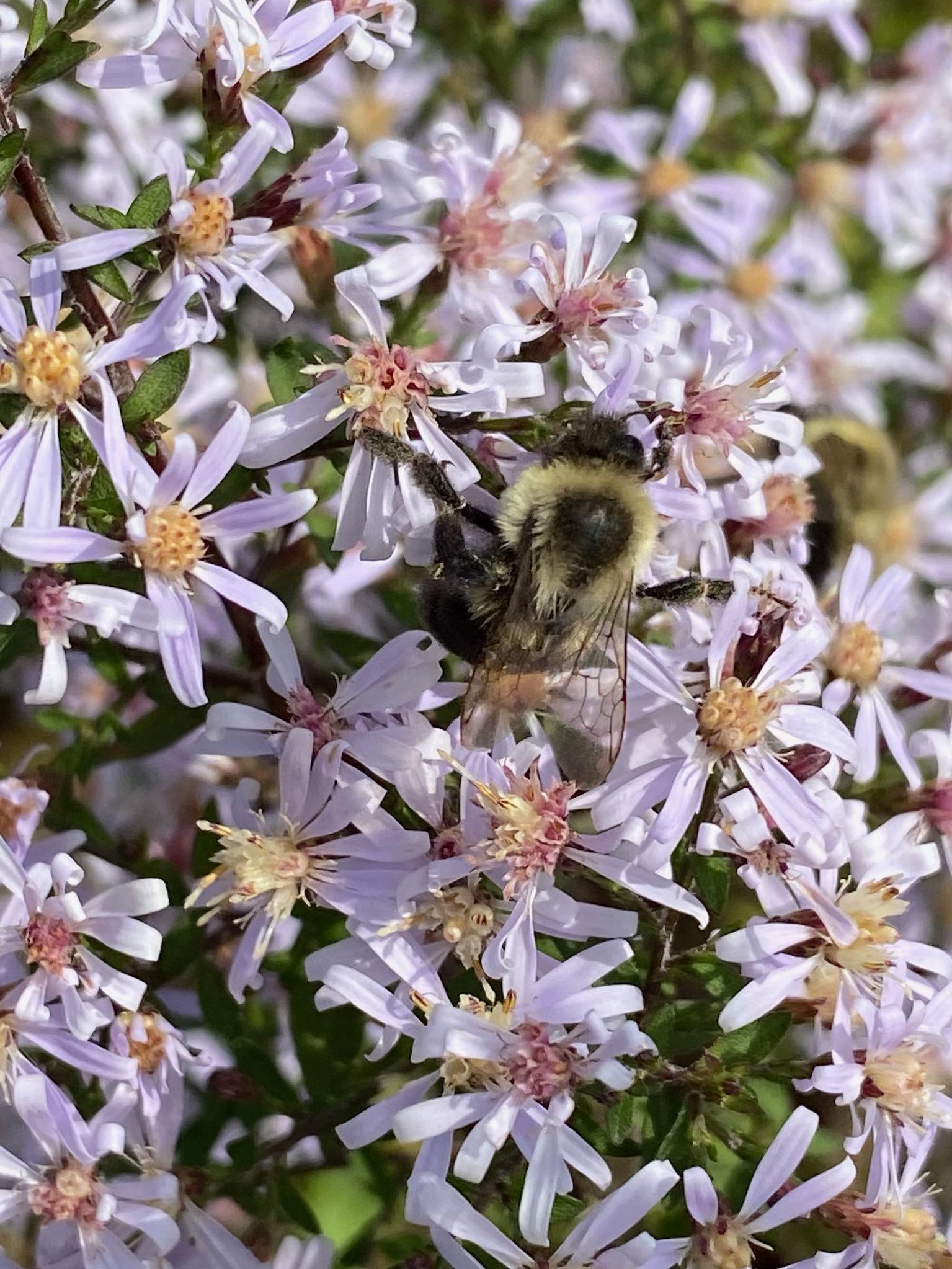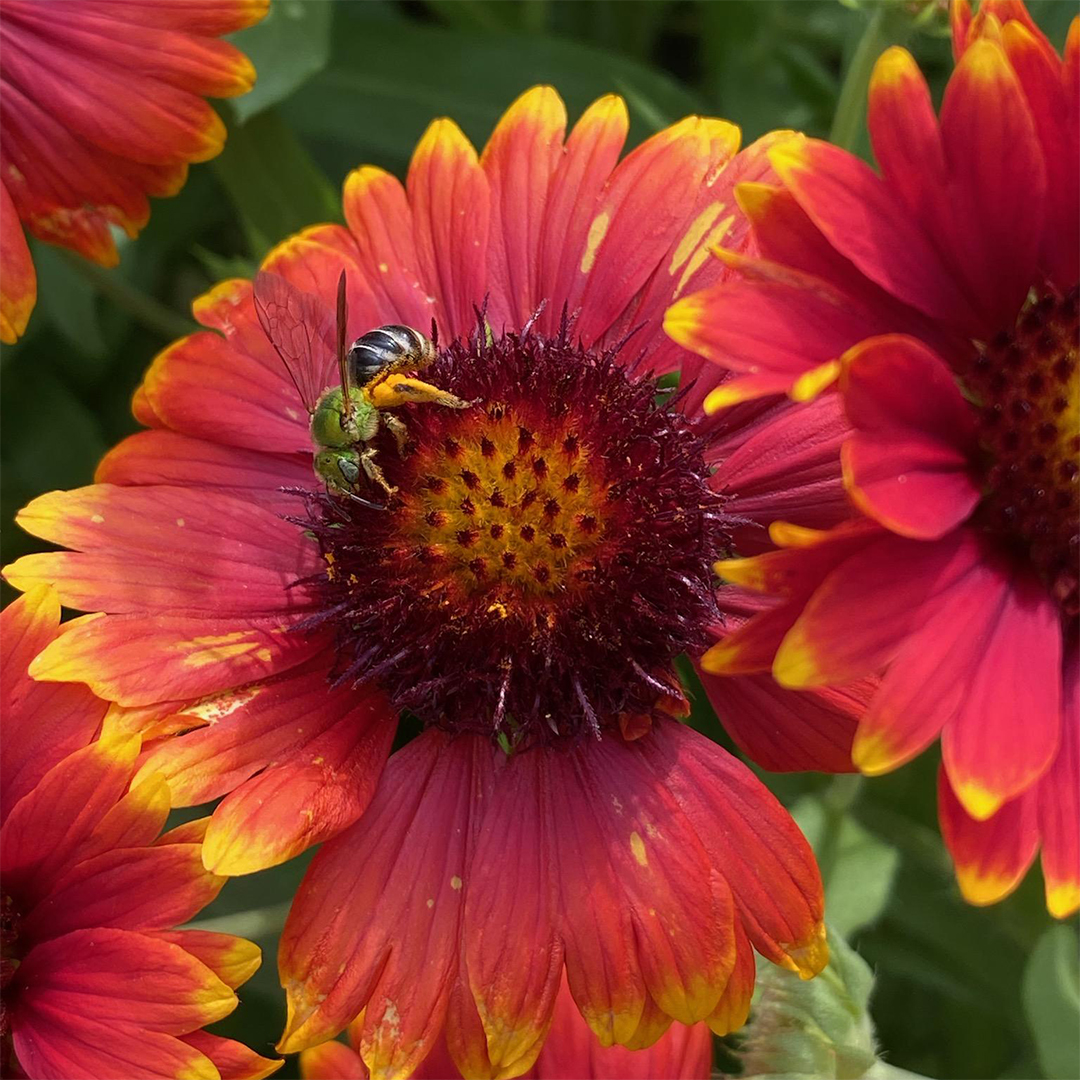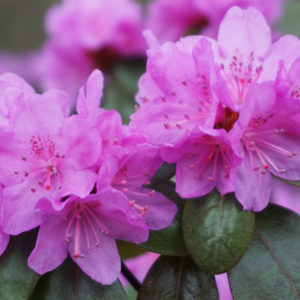In 2018 May 20th was designated World Bee Day by the United Nations Assembly as a result of a proposal by the Republic of Slovenia. Slovenia has a long history of apiculture and May 20th was chosen to commemorate the birth date in 1734 of Anton Janša of Slovenia who was one of the pioneers of modern apiculture.
There are over 20,000 species of bees worldwide, nearly 4,000 of which are native to the U.S. and around 400 of these can be found in New England. More than 75% of the food we eat requires pollinators and here in the U.S. more than 150 fruit, vegetable, grain and seed crops depend on pollinators. While bees are not the only pollinators, they do the lion’s share of this vital work and they are the ones used commercially for pollination.
While very few species of bees are used for this purpose, there are many species, which globally fall into the following seven families:
- Apidae which includes honey, bumble, digger, carpenter, long-horned and most cuckoo bees
- Megachilidae which includes leaf cutter, mason, carder and two species of cuckoo bees
- Halictidae which includes sweat bees
- Andrenidae which includes mining bees
- Colletidae which includes cellophane and masked bees
- Melittidae – Melittid bees are a small family of ground nesting, solitary bees
- Stenotritidae which are only found in Australia
Most bees are solitary in that each female will make her own nest which she provisions with pollen and nectar as food for the eggs she lays. However, honey, bumble and some sweat bees are what is known as eusocial in that they share a nest.

Of these bees, several species of honey bees are the primary producers of honey and bees are the only insects to provide us with a foodstuff. In the far southern U.S. and South America stingless bees from the species Meliponini have also been kept for their honey since before the introduction of the European honey bee.
Honey bees, in particular Apis mellifera, the European honey bee, are not native and were first introduced into Massachusetts in 1622, but they are now ubiquitous, being commercially used to pollinate many crops. They are not the only bees that are used as commercial pollinators. Mason bees, and in particular the blue orchard bee (Osmia lignaria), are used for fruit orchards as their hairy bodies are highly effective at trapping and then distributing pollen from flower to flower.

Bumble bees are also used for crops such as squash, tomatoes, peppers, blueberries and cranberries. The reason for this is that these bees have developed the skill of “buzz” pollination whereby they vibrate their flight muscles when visiting the flowers, thus enabling them to collect more pollen than honey bees would. Native bees such as bumblebees and mason bees are also able to forage in colder and wetter weather than honey bees.
Depending on the species of bee, some are specialist pollinators, being active at a particular time of year when their preferred source of pollen and nectar is available. Squash bees are a good example of this, being active in the height of summer when squash plants flower. Many others are generalists in their feeding habits and will visit a wide range of flowers. Interestingly, not all flowers offer similar amounts of pollen and plants in the legume family offer the most amount of pollen. Depending on the species of bee, they travel anywhere between a couple of hundred yards to a couple of miles in search of food. Cuckoo bees are something of an exception in that they visit flowers for their own needs, but lay their eggs in the nests of other bees so play no part in rearing their offspring.

Despite the seemingly large number of bee species throughout the world, their populations have been declining over recent years due to a variety of circumstances. Firstly, climate change can affect those bees that are flower specialists. Different weather patterns have meant that these bees do not always appear with the bloom period of their food sources. This is detrimental not only for the bees but also the plants that rely on their pollination services. Another stressor for all bees has been the use of pesticides and herbicides. Native bee populations which are often ground or cavity nesters can be particularly affected by this along with habitat loss, which does not leave them with undisturbed vegetation or bare earth in which to nest. In addition to these factors, recent decades have seen a number of diseases and pests affect commercial bee populations, and in turn these pathogens have also affected some native bee populations.

While we cannot immediately remedy all challenges bee populations are facing, there is plenty that individual homeowners can do to help their local bee populations. Firstly, grow bee-friendly plants, particularly those that flower early or late in the year. We are all aware that coneflowers and bee balm are great for pollinators, but even weeds such as dandelions and creeping Charlie are great early spring food plants. There are also trees that serve as food sources for early bees and these include willows, oaks and maples along with more showy flowering trees such as apples, cherry, plum, magnolia, redbud and serviceberrry. In late fall, plants such as goldenrod, asters, Montauk daisies, ironweed, blanket flower and sedum along with the tree, seven son flower, help extend the feeding season. And of course, herbs and vegetables as well as annual flowers also provide their share of nectar and pollen.
In addition to flowers, using as little pesticides and herbicides as possible as well as providing nesting habitats in the form of undisturbed ground and grass, old logs or even special bee “hotels” are all things that can help encourage bees. And if you can bear to abandon the idea of a manicured lawn, turf interspersed with clover will provide more for bees.
We really do owe so much to these industrious insects as without them our food supplies would be greatly diminished. Providing habitat and food sources for our native bees not only helps maintain a diverse and healthy ecology but also benefits us in turn. And if nothing else, it is fascinating to watch these remarkable insects go about their foraging. So this International Bee Day let’s show all our bees some appreciation!
Other resources:
https://beeprofessor.com/best-trees-for-bees/
https://beekeepingabc.com/what-type-of-bees-make-honey/
https://ag.umass.edu/sites/ag.umass.edu/files/pdf-doc-ppt/2-1-17_a_review_on_bees.pdf
https://storymaps.arcgis.com/stories/1cdc14d6649a4290bcee17b1eff61d56
https://ncipmhort.cfans.umn.edu/bees
https://xerces.org/sites/default/files/publications/17-017.pdf








